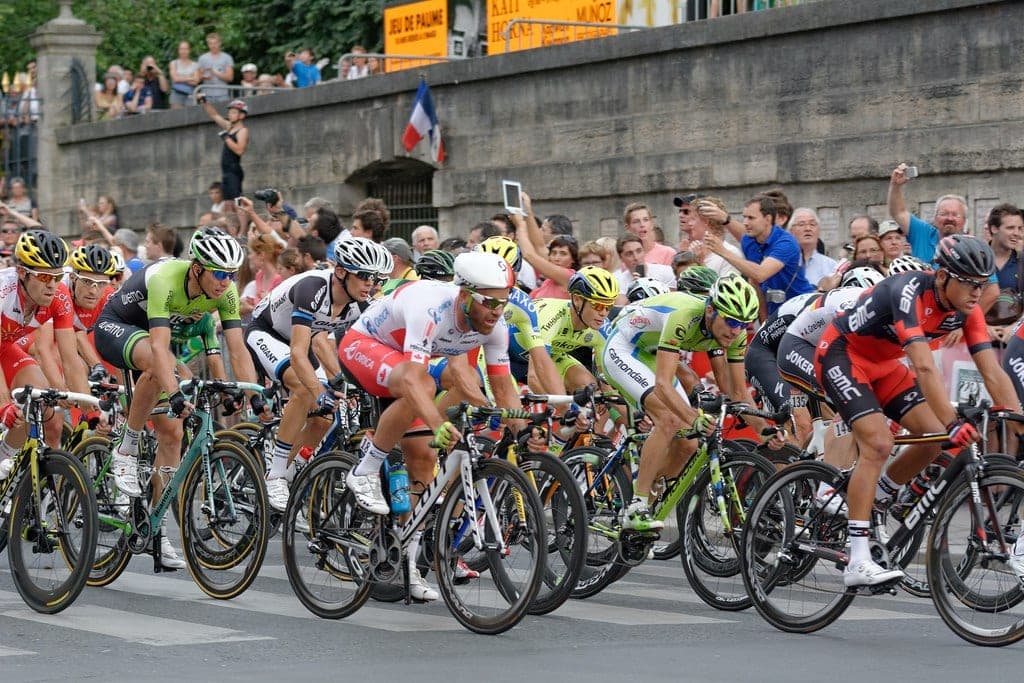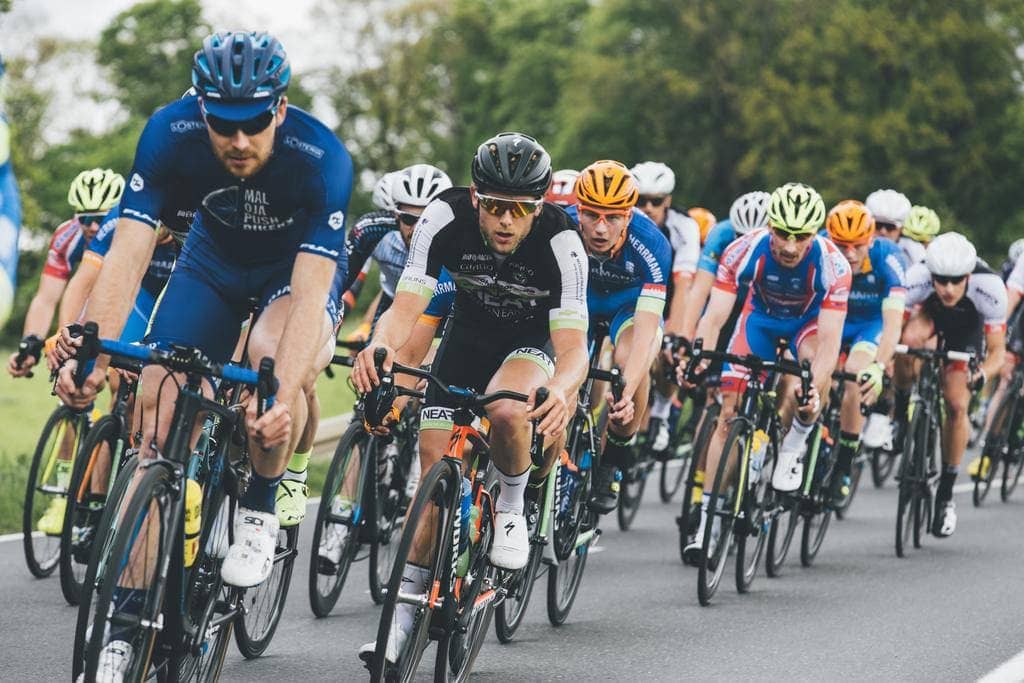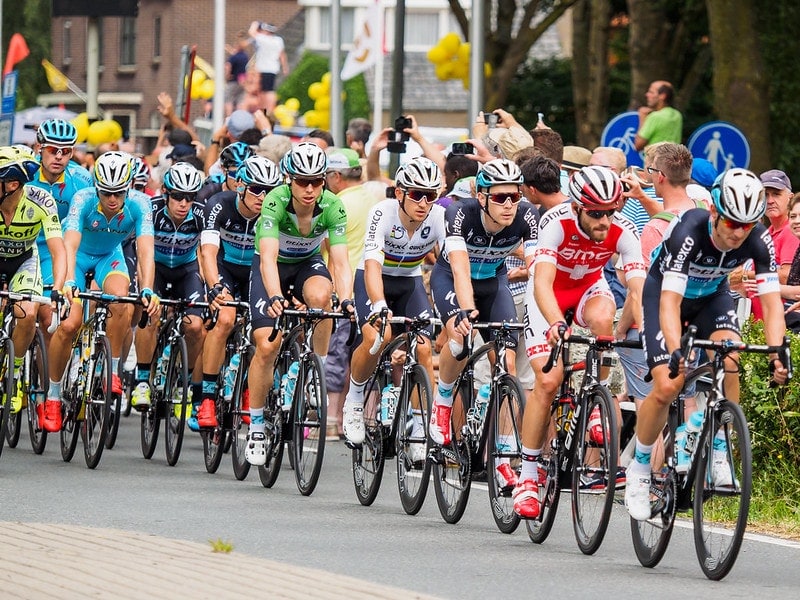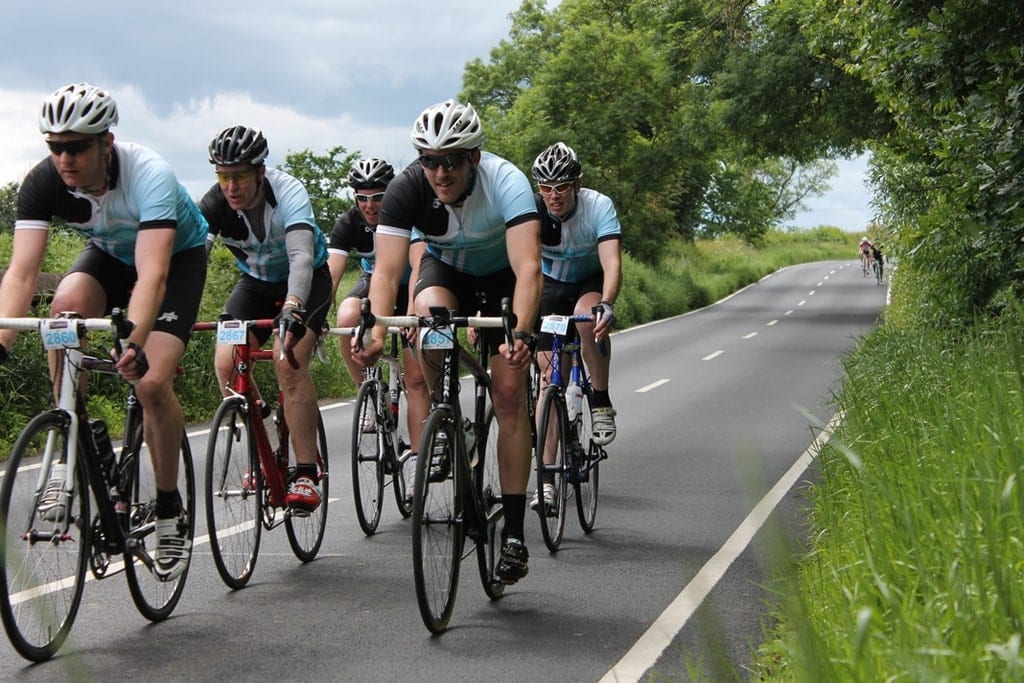Trek Road Bikes Guide : Which Model is For You?
Trek began life in the spring of 1976 in a barn in Waterloo, Wisconsin. With five employees, the founders Dick Burke and Bevil Hogg produced 904 steel touring bike frames. Fast forward 40 years, Trek is one of the biggest bike brands in the world. They are still based in the same neighborhood, with their headquarters just a mile up the road from the barn.
As they gained experience in bike manufacturing, Trek moved from steel to aluminum bikes in 1985 and eventually carbon bikes in 1992. Trek rose to prominence in the late 90’s when they sponsored the US Postal Team where Lance Armstrong won seven consecutive Tour de France from 1999 to 2005, although these wins were later nulled due to doping violations. Nevertheless, the publicity throughout these years brought Trek enormous success.
Trek Road Bikes in Pro Racing
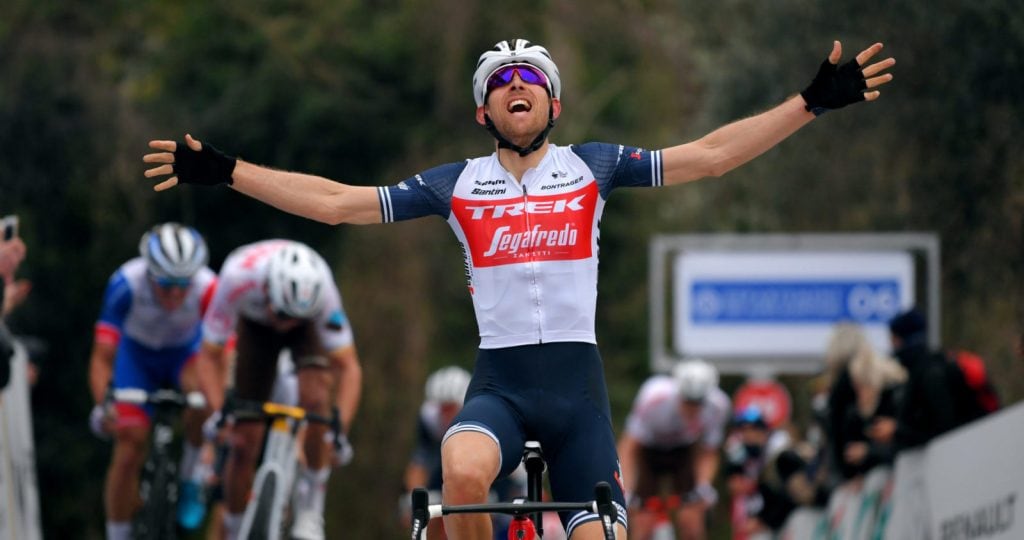
Today, Trek sponsors its own World Tour team, Trek-Segafredo. The team has both men’s and women’s pro teams under the same name. Today riders such as multiple Grand Tour winner, Vincenzo Nibali, and former men and women road race world champion, Mads Pederson and Lizzie Deignan currently race on a Trek bike.
In the past, several high-profile riders such as Fabian Cancellara and Alberto Contador have ridden Trek bikes in the past during the later stages of their career.
Trek Road Bikes Line Up
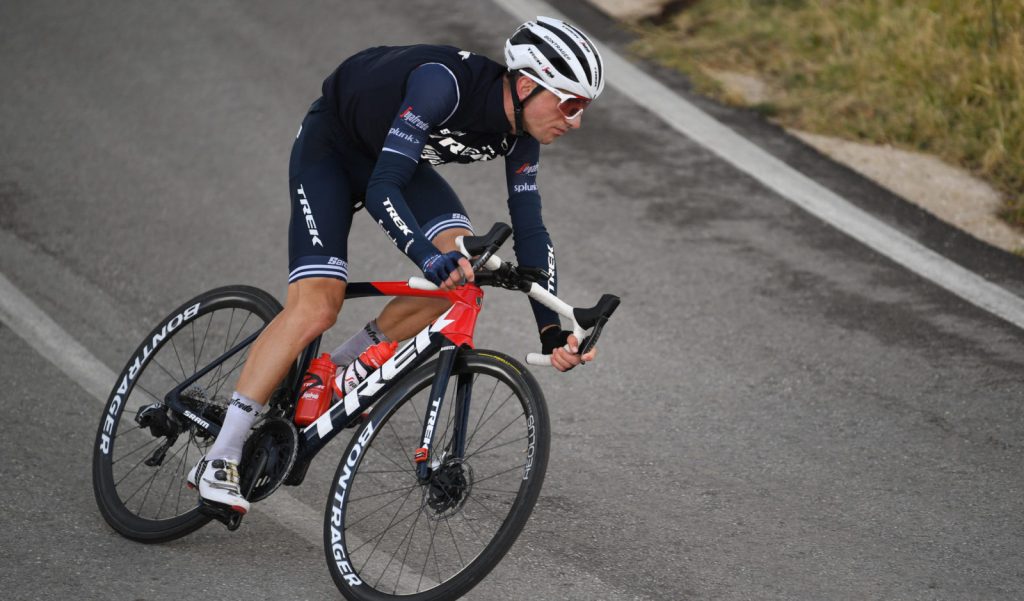
Trek bikes naming are straightforward and easy to understand. There are three distinct models; Emonda, Madone, and Domane. Each model is designed specifically to perform well in a particular type of ride.
The general rule of thumb below will give you a clear idea of what the bike is about, where it sits in the lineup and how it’s specced.
- SLR models use the top-of-the-line, 800 Series OCLV carbon.
- SL models use the mid-range, 500 Series OCLV carbon.
- ALR is for aluminum frames.
- Models ending with 7, 8, or 9 have electronic groupsets, either from SRAM or Shimano.
- Models ending with 6 use Shimano Ultegra R8000 groupset.
- Models ending with 2, 3, 4, or 5 uses lower-tiered Shimano groupsets such as Sora, Tiagra, and 105.
Example : Trek Madone SLR 7 eTap
| Model | Description | Price Range |
|---|---|---|
| Emonda | Lightweight race bike | $4,000 to $12,000 |
| Madone | Aero race bike | $4,700 to $12,500 |
| Domane | Endurance bike | $2,400 to $12,100 |
Trek Emonda
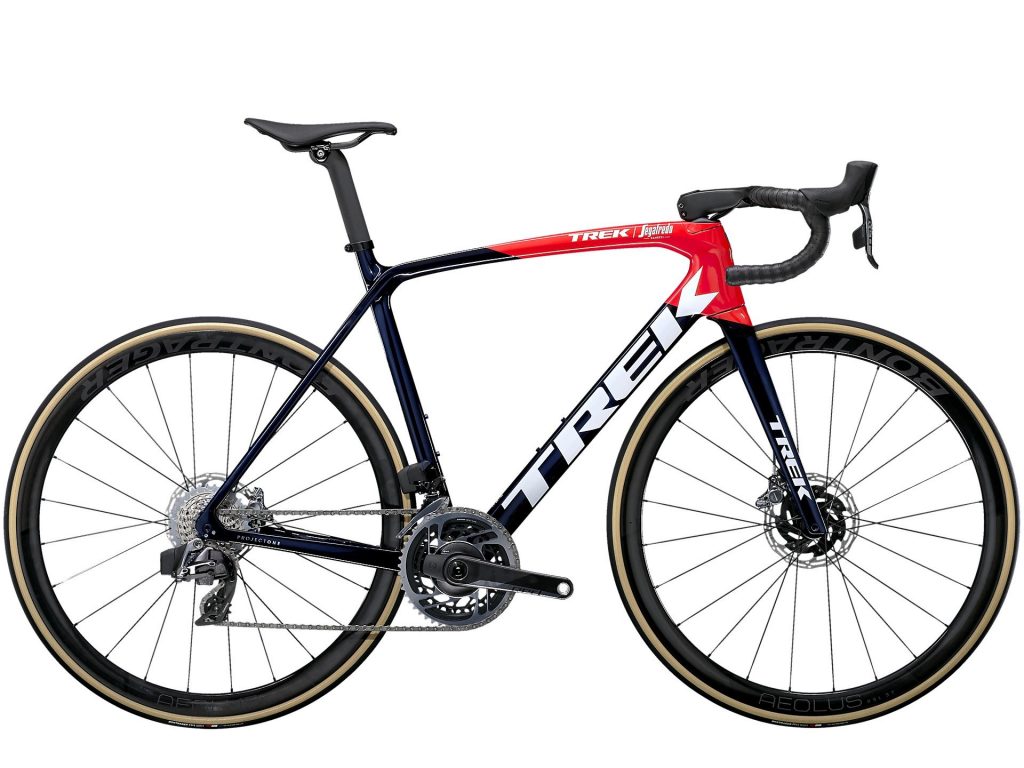
The Emonda is Trek’s lightweight bike for the high mountains. The lightest Emonda frame weighs less than 700g using Trek’s 800 Series OCLV Carbon. This is the same bike Richie Porte rode to his third placing in the 2020 Tour de France.
The SLR sits atop the Emonda models, being the lightest and also the most expensive. There are six Emonda SLR options with five of them being electronic shifting from either SRAM or Shimano. The lowest SLR option, the SLR 6 is specced with Shimano Ultegra R8000 groupset.
Next in line is the SL, which is the mid-range, more budget-friendly option. It has the same frame design and geometry as the SLR but uses the 500 Series OCLV carbon instead. The groupsets are either mechanical Shimano 105 R7000, Ultegra R8000, Shimano Ultegra Di2, or SRAM Rival / Force eTap AXS.
The Emonda is an entry-level, aluminum frame option. Unlike the SLR and SL models, the shifter and brake hoses are not hidden. There is only one option available and specced with Shimano 105 R7000.
Alternatively, the Emonda SLR, SL, and ALR framesets are also available separately.
- Emonda SLR 6, 7,9 ($6,700 to $12,500)
- Emonda SL 5, 6, 7 ($3,150 to $6,300)
- Emonda ALR 5, 6, 7 ($3,200 to $6,300)
Our Value Pick : Trek Emonda SL 7 with Shimano Ultegra Di2 ($5,900)
Trek Madone
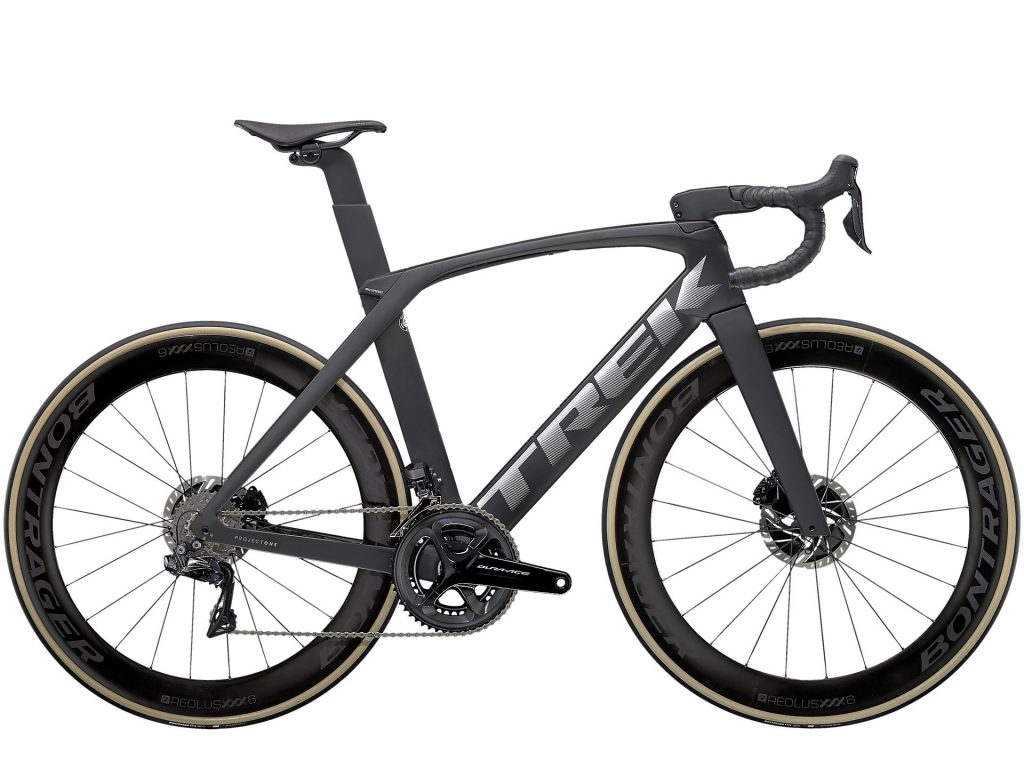
Dubbed the ultimate superbike by Trek, the Madone is all about maximizing aerodynamics and speed. This is very obvious from the huge Kammtail Virtual Foil (KVF) tube shapes, especially on the downtube. All Madone models are specced with 51mm deep Bontrager Aeolus wheels.
The range-topping SLR is built on the Trek’s lightest carbon, 800 Series OCLV Carbon, with a one-piece carbon handlebar. All Madone SLR options except the SLR 6 are electronic shifting with a choice of SRAM Red / Force / Rival eTap AXS or Shimano Dura Ace Di2 / Ultegra Di2.
The mid-range SL uses the heavier 500 Series OCLV Carbon and features a two-piece alloy handlebar/stem combo. The groupset choices are either SRAM Force eTap AXS, Shimano Ultegra Di2, or Ultegra R8000.
The Madone SLR frameset is also available separately.
- Madone SLR 6, 7, 9 ($6,900 to 12,500)
- Madone SL 6, 7 ($4,700 to $7,000)
Our Value Pick : Trek Madone SL 7 with Shimano Ultegra Di2 ($6,500)
Trek Domane
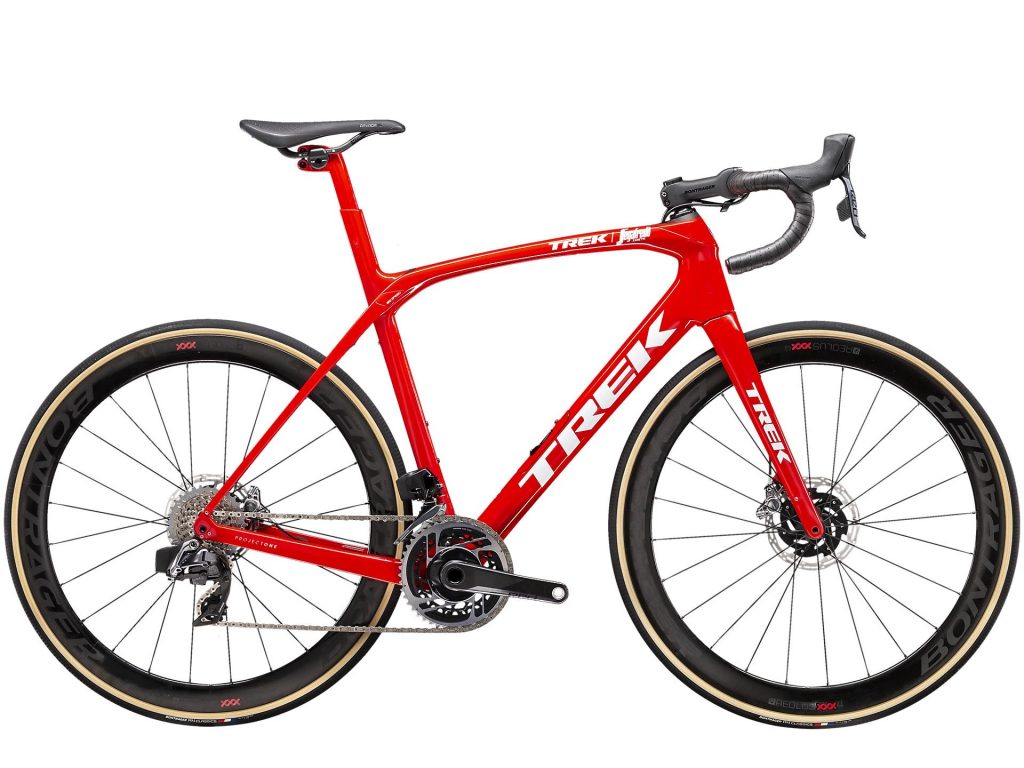
The Domane is designed as an all-day endurance bike.
It can be also referred to as all-road as its wider tire clearance up to 38c can tackle hard-packed gravel and cobblestones like those in the Paris Roubaix race. To achieve this, Trek built the Isospeed dampening system in the front and rear.
There are carbon and aluminum versions of the Domane. The SLR is built using the 700 Series OCLV carbon as compared to the SL on the 500 Series. The entry-level, aluminum version, AL starts from $1,000 and has mountain points for rear racks, top tube bags, and front/rear fenders.
For those who are after a custom-built bike, the Domane SL and SLR frames are also available separately.
- Domane SLR 6, 7, 9 ($6,800 to $12,100)
- Domane SL 4, 5, 6, 7 ($2,400 to $7,000)
- Doman AL 2, 3, 4, 5 ($1,000 to $2,000)
Our Value Pick : Trek Domane SL 7 with Shimano Ultegra Di2 ($6,500)
Frequently Asked Questions
How long is Trek’s warranty?
All Trek bikes come with a lifetime warranty for the frame and fork. This is only applicable to the first owner.
Second and subsequent owners are entitled to a 3-year warranty from the date of the initial purchase.
Does Trek have women-specific models?
Trek addresses the women-specific models by having frame sizes as small as 44 for riders between 4’ 11” to 5’ (150 to 153 cm).
These smaller bikes come with several modifications such as shorter crankarms, compact cranksets, shorter stems, narrower handlebars, shorter reach brake levers, and women-specific saddles among others.
Read More : 5 Major Differences Between Men and Women’s Road Bikes
What the difference between Trek’s H1 and H2 geometry?
The H1 and H2 refer to the frame geometry. The majority of the Emonda and Madone comes with an H2 geometry, also known as the traditional fit.
H1 is a racing geometry with the head tube 30mm shorter to achieve a lower and aggressive position on the bike. Most professional cyclists ride the H1 geometry.
Read More : 5 Things to Know Before Getting A Bike Fit
What is Project One?
Project One allows you to customize every detail of your dream bike from colors to components. You can design it through Trek’s website or via a Trek authorized retailer. Bikes available under Project One are the Domane, Emonda, Madone, and Speed Concept (TT).
Are Trek bikes still made in the USA?
As of December 2017, Trek no longer makes any bikes in their Waterloo and Whitewater facilities in Wisconsin. Prior to that, they used to make around 20,000 of their high-end bikes (SLR models) yearly there. They are now made in Asia and sent to Wisconsin for painting and final assembly.
Author Recommended Reads

